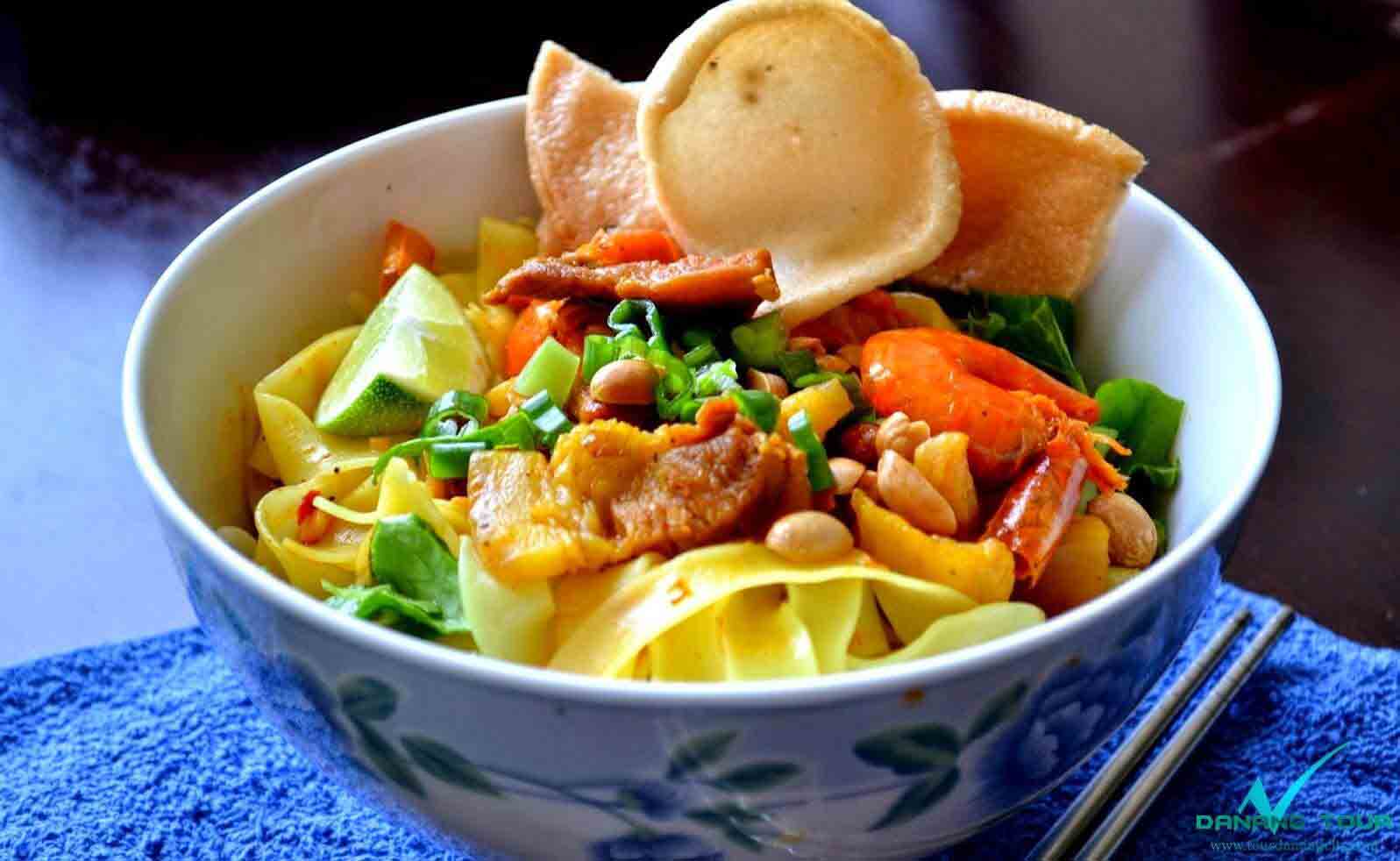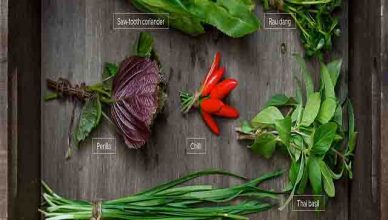Clam Rice in Hue (Cơm Hến): A Must-Try Vietnamese Street Food
The ancient city of Hue, Vietnam’s former imperial capital, is well-known for its historic monuments, royal cuisine, and poetic charm. But if there’s one dish that captures the everyday soul of Hue’s people, it’s clam rice, known locally as cơm hến. This humble yet flavorful specialty is more than just a meal – it’s a reflection of Hue’s culture, resourcefulness, and love for simple, balanced flavors.
Whether you’re a curious traveler or a dedicated foodie, trying clam rice in Hue City is an essential part of experiencing authentic Vietnamese cuisine.

🌿 The Origins of Clam Rice from the Perfume River
Hue’s Perfume River (Sông Hương) has long been a source of inspiration for poets, artists, and travelers. Flowing through the heart of the city, it offers peaceful scenery and a romantic atmosphere. But beyond its poetic beauty, this river is home to a small islet called Cồn Hến (Hen Islet), which has given birth to the iconic dish: cơm hến, or clam rice.
Made from leftover rice and small river clams, clam rice originated as a simple, affordable meal prepared by locals on the islet. Over time, its unique combination of flavors – spicy, salty, sour, sweet, and bitter – gained fame across the country.
At Hue Food Tour, we proudly introduce visitors to the authentic taste of clam rice through our Hue Street Food Tour, where guests enjoy this dish in its most traditional form – cooked by locals, enjoyed like locals.

🍲 What Makes Clam Rice (Cơm Hến) So Special?
While clam rice may sound simple, it’s a surprisingly complex dish. A typical bowl includes over 14 ingredients, carefully prepared and arranged to create a medley of textures and flavors.
🔑 Key Ingredients of Clam Rice:
- Steamed white rice (sometimes cold, for better texture)
- Small freshwater clams (hến), cleaned and boiled
- Clam broth served on the side or poured over
- Crispy pork fat or lard (mỡ nước)
- Fried shallots
- Roasted peanuts
- White sesame seeds
- Shredded green banana flower and banana trunk
- Sour starfruit (carambola)
- Fresh herbs: mint, perilla, Vietnamese balm
- Spicy chili oil or sauce
- Fried rice crackers or bánh tráng mè
- Shredded dried pork or salted meat (optional)
Despite being made with low-cost ingredients, clam rice delivers a gourmet experience thanks to the harmonious interplay of spice, crunch, aroma, and freshness.

🐚 How Clam Rice Is Prepared
The clams are the heart of the dish and require special care. After being soaked in water for hours to remove sand and impurities, they’re boiled and then sautéed with spices, garlic, and sometimes lemongrass for added aroma. The flavorful clam broth is saved and later served as a light soup, either separately or with the rice.
The rice used is usually cold, leftover rice that holds its shape better under the mix of toppings and broth. It’s topped with crispy pork lard, fried shallots, roasted peanuts, and fresh herbs to build layers of flavor.
Finally, a hot, savory clam broth may be poured over the rice, or served in a separate bowl. Diners then mix everything together before eating – creating a warm, spicy, herbaceous, and refreshing dish all in one bite.

📍 Where to Eat Clam Rice in Hue City
For the most authentic experience, head to Cồn Hến (Hen Islet), a small island located on the Perfume River. It’s considered the birthplace of clam rice, and many of the best family-run eateries are located right on the islet.
However, clam rice is also widely available in street food stalls, traditional markets like Dong Ba Market, and even upscale restaurants across the city.

💡 Pro tip: Don’t be fooled by appearances – some of the best cơm hến comes from tiny roadside vendors with plastic stools and bowls of pure flavor magic.
✨ Why Clam Rice Reflects the Spirit of Hue
Clam rice is a dish born out of necessity, creativity, and community. Locals traditionally made use of leftover rice and readily available clams to create something flavorful and nourishing. In doing so, they created a dish that’s now celebrated throughout Vietnam.
The balance of flavor in clam rice also reflects Hue’s culinary philosophy: harmony. Unlike dishes overloaded with heavy sauces or protein, cơm hến brings together contrasting textures and temperatures, making every bite exciting but balanced.
It’s affordable, accessible, and filled with care – just like Hue itself.
🌶️ Clam Rice and Vietnamese Herbs
No Hue clam rice experience is complete without a generous portion of Vietnamese herbs, which not only enhance flavor but also provide health benefits.
Popular herbs used in cơm hến include:
- Rau răm (Vietnamese coriander) – peppery and aromatic
- Tía tô (perilla leaves) – slightly minty
- Húng quế (Thai basil) – sweet and fragrant
- Diếp cá (fish mint) – sharp and refreshing
These herbs are essential to Vietnamese cuisine and are often considered part of traditional medicine as well.

🧭 Join a Hue Food Tour to Try Clam Rice the Local Way
At Hue Food Tour, our mission is to connect travelers with the most authentic flavors of Hue. On our Hue Street Food Tour, Hue Motorbike Food Tour or Hue Walking Food Tour, you’ll get the chance to:
- Taste clam rice at a local favorite spot
- Chat with the cooks and learn their stories
- Explore hidden food alleys only locals know
- Discover over 10 dishes in one unforgettable tour
Our tours are highly rated on TripAdvisor, Viator, and Cruise Critic, and we guarantee a local perspective that will give you and your family a once-in-a-lifetime experience.

David Nguyen – Hue Food Expert
David Nguyen is a respected Hue food expert and experienced local guide with over 15 years of exploring Vietnam’s culinary traditions. With a deep passion for Hue cuisine, he leads food tours that offer more than just great meals – they provide cultural insight, authentic experiences, and memorable connections with local people. David’s tours are highly rated by travelers on TripAdvisor, Viator, and other top platforms. Whether you’re tasting royal-era dishes or street food favorites, David ensures each tour is flavorful, informative, and unforgettable. Join him to discover the true heart of Hue through its food and heritage.






